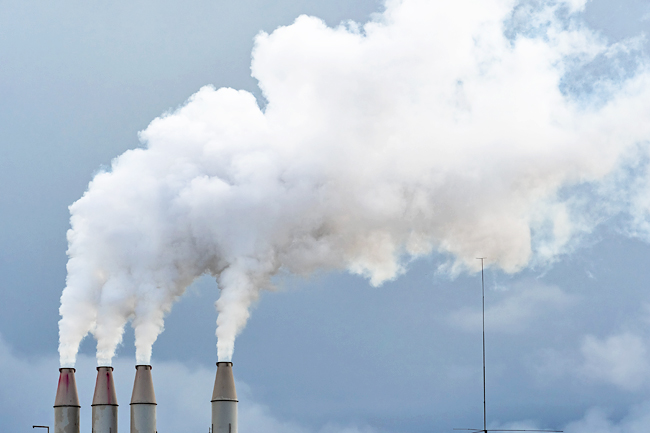Aqilah Rahman
The 2023 Corporate Climate Responsibility Monitor assesses the transparency and integrity of 24 major global companies. Despite all 24 companies having pledged to reach net-zero emissions, only five commit to decarbonise their emissions by at least 90 per cent by their respective net-zero target years, while many others remain ambiguous.
As a whole, the assessed companies in the report commit to reducing just up to 21 per cent of their emissions by 2030, less than half of the needed 43 per cent reduction to limit the 1.5 degrees Celsius rise in temperature.
Beyond 2030, the net-zero pledges made by the assessed companies are often misleading, with claims of being on a pathway to “net zero” or “climate neutrality”. Delivering net zero requires cutting emissions by 90-95 per cent, but pledges made by the 24 companies equate to a 36-per-cent reduction by their respective net-zero target years.
Overall, the report finds the climate strategies of 15 companies to be of low or very low integrity, and eight as moderate. Only one is rated as reasonable. The report finds companies’ climate change commitments often do not add up to what their pledges might suggest.
The most comprehensive targets cover the full greenhouse gas (GHG) emission footprint of a company across its entire value chain, including upstream and downstream ‘Scope 3’ emissions, and non-GHG climate forcers where relevant.

For many companies, their targets address a limited scope of emission source as only direct emissions (Scope 1) or emissions from procured energy (Scope 2) and only selected other indirect emission categories (Scope 3). Some companies significantly underreport their emissions.
Scope 3 emissions account for over 90 per cent of most companies’s emission, and a minority of companies are not transparent about their Scope 3 emissions. For others, 2030 targets are misleading due to reliance on offsetting.
Offsetting practices – under various terminologies – is a key concern highlighted in the report. Companies make an offsetting claim by asserting that their GHG emissions are “neutralised”, “netted-out”, “offset”, “inset” or “counter-balanced” via other emission reduction activities or carbon dioxide removals.
Claims of offsetting emissions are seen as controversial because of significant uncertainty in the real impact of offset credit use and the suitability of carbon dioxide removals for offsetting emissions.
Most companies rely on non-permanent and scarce forestry-based carbon dioxide removals, but this is not effective. Carbon stored in soils and forests is highly vulnerable to natural disasters such as forest fire or soil erosion, offering temporary storage of just years to decades before it gets released back to the atmosphere. A sufficient guarantee of permanence requires a high likelihood that the captured carbon will remain stored for centuries to millenniums, said the report.
Meanwhile, at least 11 of the 24 assessed companies are claiming carbon neutrality in 2022, but the transparency and integrity of those claims remain critically low. On average, companies’ carbon neutrality claim cover just three per cent of their emission. Most emission sources are excluded from the claim and are not made clear in marketing materials shown to consumers.
In addition, most companies take actions that focus on incremental improvements at best, says the report. Measures such as installing rooftop PV and improvements in energy efficiency are insufficient particularly in sectors that require more transformative changes.
However, the report also highlights some of the actions made by the companies that demonstrate climate leadership such as investing in alternative fuels and vessels; pioneering 24/7 monitoring and matching renewable energy generation with consumption; and investing in electrifying its fleet and scaling-up the production of low-carbon fuels for transport.
Among the 24 assessed companies, 16 disclosed emissions data with at least a moderate level of transparency and integrity for all emission scopes. Level of transparency is expected to improve further.
Companies who publish misleading emissions data, usually by excluding major emission sources from their public documentation, are a minority.
The 24 companies assessed in the report are not necessarily a representative sample of all corporate actors with net-zero targets, says the report. They represent 24 of the largest companies in the world, accounting for approximately four per cent of global GHG emissions and revenues of USD3.16 trillion in 2021.







